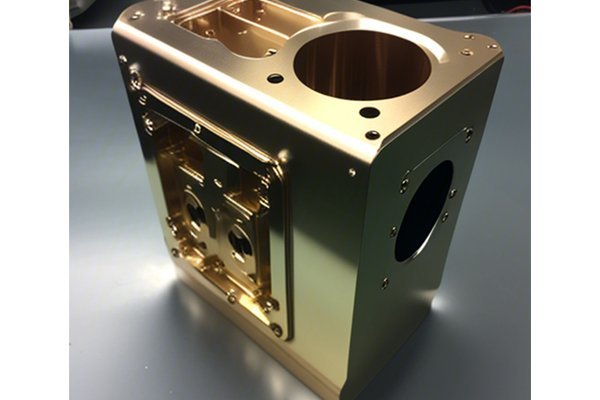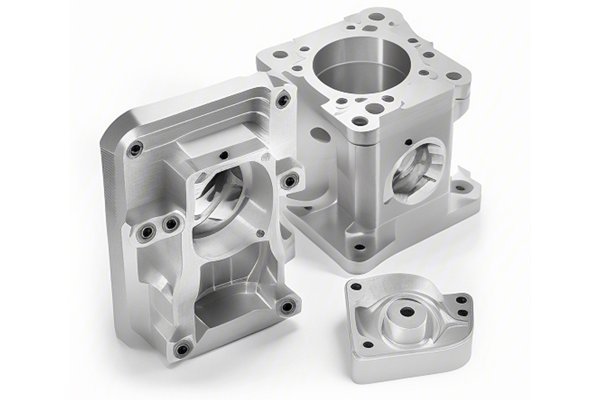Did you know that nearly 70% of manufacturers report a disruption in their supply chains due to inadequate inventory management? In today’s fast-paced industrial environment, these disruptions can be detrimental, often leading to halted production, lost contracts, and reduced profitability. This phenomenon is particularly critical in CNC (Computer Numerical Control) machining plants, where precision and timely delivery of parts are paramount.
CNC machining stands as a cornerstone of modern manufacturing, enabling the creation of intricate components used in various industries, from aerospace to healthcare. However, managing the inventory of materials and parts required for CNC machining poses significant challenges. This blog delves into how CNC machining plants can effectively manage their inventory to ensure a timely supply of parts, exploring strategies, technologies, and best practices.
Understanding the Importance of Inventory Management
Effective inventory management is crucial for the following reasons:
The Challenges of Inventory in CNC Machining
CNC machining plants face unique challenges when managing their inventory:
Strategies for Effective Inventory Management in CNC Machining
Just-In-Time (JIT) inventory management is a strategy designed to reduce waste by receiving goods only as they are needed in the production process, thereby minimizing the inventory holding costs.
Steps to Implement JIT:
The advent of technology has revolutionized inventory management. Advanced software tools can automate tracking, monitor stock levels in real-time, and provide insights into inventory trends.
Key Features to Look For:
Regular audits help ensure that inventory records match the actual stock on hand. These audits can highlight discrepancies, which can lead to adjustments in ordering patterns or supplier negotiations.
Types of Audits:
Safety stock acts as a buffer against unexpected changes in demand or supply chain delays. By maintaining a safety stock level for critical components, CNC machining plants can safeguard against disruptions.
Determining Safety Stock Levels:
Relying on a single supplier can create vulnerabilities in the supply chain. By diversifying suppliers, CNC machining plants can mitigate risk and improve their ability to adapt to changes.

Benefits of Supplier Diversification:
Lean manufacturing focuses on improving efficiency by reducing waste throughout the production process. Implementing lean principles can help CNC machining plants streamline their inventory management.
Key Lean Principles:
Demand planning tools leverage data analytics to predict future demand for products, enabling better inventory management.
Integrating Demand Planning:
Technology Innovations in Inventory Management
In addition to the strategies outlined, emerging technologies are further transforming inventory management practices in CNC machining.
IoT devices can be used for real-time monitoring of inventory levels, complementing traditional management systems. Sensors placed on materials or machinery can provide alerts when stock levels drop or items need to be reordered.
AI can optimize inventory levels based on predictive analytics, taking into account various factors such as seasonal trends, production schedules, and historical order data. Machine learning can enhance forecasting accuracy over time.
Blockchain offers secure and transparent tracking of materials through the supply chain, ensuring that all stakeholders have access to accurate information regarding the status of inventory.
Case Study: Successful Inventory Management in a CNC Machining Plant
To showcase the effectiveness of these strategies in real-world application, let’s take a look at XYZ CNC Machining, a hypothetical company that faced inventory challenges.
Background
XYZ CNC Machining, specializing in custom automotive parts, struggled with timely deliveries and high carrying costs due to poor inventory management. They had relied on manual tracking methods, resulting in frequent stockouts and excess inventory.
Implementation
Results
After implementing these strategies, XYZ CNC Machining saw the following improvements within six months:
In the competitive landscape of CNC machining, effective inventory management is not just a necessity; it is a critical determinant of success. By adopting strategies like JIT inventory, leveraging technology, and diversifying suppliers, companies can overcome the unique challenges they face in inventory management.
Remember, an efficient inventory system not only ensures a timely supply of parts but also enhances operational efficiency, customer satisfaction, and overall profitability. As we navigate through an era of unpredictability in supply chains, the principles and strategies outlined in this blog serve as essential tools for CNC machining plants seeking to stay ahead.
This blog aims to equip you with the knowledge to rethink your inventory management approach and implement solutions that yield long-term benefits. Inventory management is an ongoing process that requires vigilance, adaptability, and a commitment to continuous improvement. By valuing it to the same extent as your production processes, you position your business for success in the dynamic world of CNC machining.






